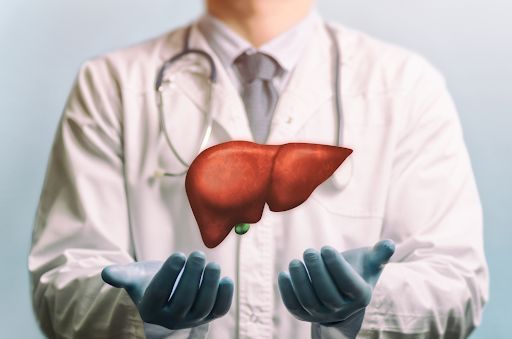Introduction
A liver transplant is a complex surgical procedure in which a diseased liver is replaced with a healthy liver from a donor. This life-saving procedure is typically recommended for individuals with end-stage liver disease, also known as liver failure, for whom other treatments have proven ineffective. The process of a liver transplant is multifaceted, encompassing various stages from evaluation to post-transplant care.

This article aims to provide a comprehensive overview of the liver transplant process, shedding light on each stage and addressing key aspects that prospective transplant candidates and their families should be aware of. Understanding the intricacies of this procedure can empower patients to make informed decisions and navigate their transplant journey with greater confidence.
Understanding Liver Transplant
A liver transplant becomes a consideration when a person's liver is no longer functioning adequately, often due to chronic diseases such as cirrhosis, hepatitis, or liver cancer. The process involves replacing the diseased liver with a healthy one from a deceased or living donor. In the case of a living donor transplant, a portion of the donor's liver is surgically removed and transplanted into the recipient. The liver has the remarkable ability to regenerate, allowing both the donor and recipient's livers to regrow to their full size over time.
Evaluation and Listing Process
The first step for a potential liver transplant candidate is undergoing a thorough evaluation at a transplant center. This evaluation typically involves a series of medical tests, imaging scans, and consultations with various specialists to assess the patient's overall health and suitability for transplantation. Factors taken into consideration include the severity of liver disease, presence of other medical conditions, and the individual's social support system.
If the transplant team determines that the patient is a suitable candidate, they are placed on a waiting list for a liver transplant. The waiting time for a liver transplant can vary significantly depending on factors such as blood type, body size, severity of illness, and the availability of matching donors in the region.
The Surgery and Recovery
Once a matching liver becomes available, the transplant recipient undergoes a major surgical procedure to remove the diseased liver and replace it with the donor liver. The surgery can last several hours and involves careful dissection of blood vessels and bile ducts to connect the new liver to the recipient's circulatory system.
Post-transplant, patients typically spend several days in the intensive care unit (ICU) for close monitoring and then transition to a transplant recovery unit. The recovery period can vary from person to person but generally involves a hospital stay of several weeks. During this time, the transplant team closely monitors the function of the new liver, adjusts medications, and provides education and support to the patient and their caregivers.
Life After Transplant
Following a successful liver transplant, patients can expect a significant improvement in their quality of life. With a functioning liver, many individuals experience increased energy levels, improved appetite, and a return to their daily activities. However, life after a liver transplant requires lifelong commitment to immunosuppressive medications, regular follow-up appointments, and lifestyle modifications to prevent complications and ensure the long-term success of the transplant.

.jpg)